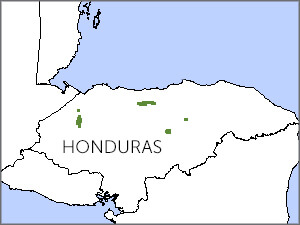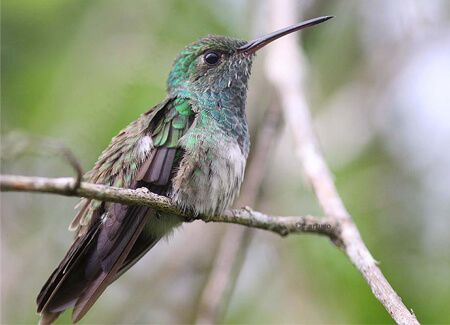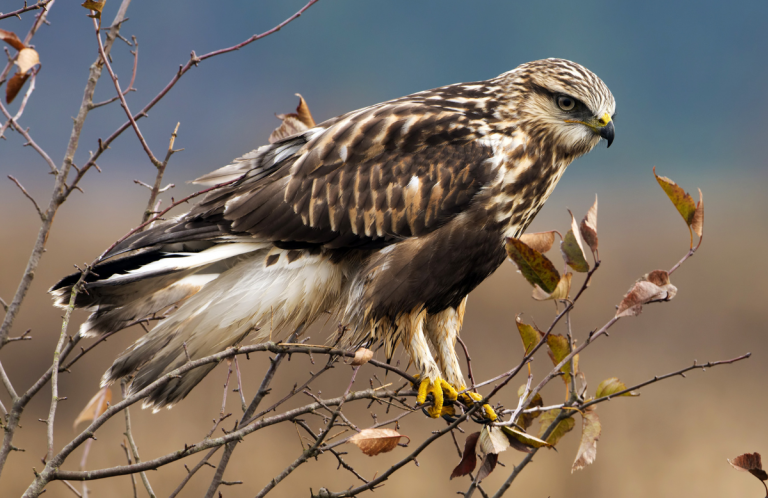 Named for its glittering blue-green throat and upper chest, the endangered Honduran Emerald is this country's only endemic bird. It's also one of few birds endemic to any country in Central America.
Named for its glittering blue-green throat and upper chest, the endangered Honduran Emerald is this country's only endemic bird. It's also one of few birds endemic to any country in Central America.
Unfortunately, 90 percent of the emerald's original habitat has been lost to agriculture and degraded by cattle grazing. What remains occurs only in isolated patches of a few acres each. This habitat loss has caused precipitous declines in the bird's population.
In 2005, ABC supported the creation of the Honduran Emerald Reserve in the Aguan Valley—the first protected area for the species.
However, a recent road improvement project will allow greater exploitation and more rapid loss of remaining habitat on private lands. As mitigation for the new road, an agreement has been made to increase the protected area by almost 2,000 acres.
Sign up for ABC's eNews to learn how you can help protect birds
Honduran Emerald Discovery
The recent rediscovery of the species in the Santa Barbara Department marks the first time birds have been seen in western Honduras since 1935. This led to the species being downlisted from Critically Endangered to Endangered.

Honduran Emerald, Christian Artuso
Reserve for Honduran Emerald
New conservation initiatives are now needed to protect the new known sites of the Honduran Emerald and maintain existing protection efforts. Working with partners, we have put an incentives program in place to help spur conservation efforts by local communities.
The Hummingbird Effect
In his recent book, Steven Johnson coins the term “Hummingbird Effect” to make the point that innovation in one realm can trigger unpredictable and unexpected advancement in others. We not only agree, but have dozens of examples of how great American bird conservation projects make considerable, sometimes unexpected contributions to other important causes including amphibian conservation, human health, food safety, climate change, water conservation, and home energy savings.
Donate to support ABC's conservation mission!



















































